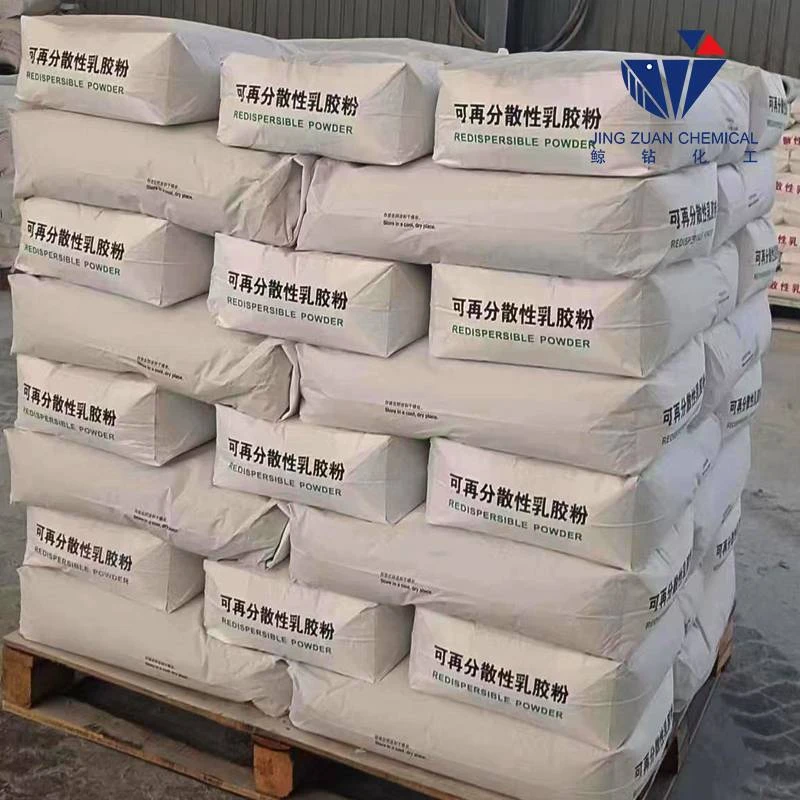
дец . 21, 2024 22:40 Back to list
hpmc hydroxypropyl methyl cellulose
Understanding HPMC Hydroxypropyl Methyl Cellulose in Modern Applications
Hydroxypropyl methyl cellulose (HPMC) is a versatile and widely utilized cellulose derivative renowned for its unique properties and functionalities. As a non-ionic, water-soluble polymer, HPMC is derived from natural cellulose and modified through etherification to enhance its solubility in water, thermal stability, and film-forming capabilities. This article delves into the characteristics, applications, and significance of HPMC in various fields, including pharmaceuticals, food processing, and construction.
Chemical Structure and Properties
HPMC is synthesized from cellulose, which is the primary structural component of plants. By treating cellulose with propylene oxide and methyl chloride, HPMC is produced, possessing a complex molecular structure featuring hydroxypropyl and methyl groups. The degree of substitution of these groups determines the solubility and viscosity of HPMC, making it suitable for a wide range of applications.
HPMC is recognized for its amphiphilic nature, allowing it to dissolve in both hot and cold water, forming a viscous gel at varying concentrations. Its ability to retain water makes it an excellent thickening, binding, and stabilizing agent. Additionally, HPMC is tasteless, odorless, and forms transparent films, which enhances its appeal in numerous industries.
Applications in Pharmaceuticals
One of the most significant applications of HPMC is in the pharmaceutical sector. It is commonly used as a drug delivery agent, serving both as a binder in tablet formulations and as a component in controlled-release formulations. HPMC's hydrophilic nature facilitates the sustained release of active pharmaceutical ingredients (APIs), improving the bioavailability of various medications.
Moreover, HPMC is utilized in ocular preparations, such as eye drops, where its viscosity boosts the retention time of the solution on the eye surface, thereby enhancing comfort and therapeutic effect. Its biocompatibility and minimal toxicity further endorse its use in various pharmaceutical applications, aligning with stringent regulatory standards.
hpmc hydroxypropyl methyl cellulose

Role in Food Industry
In the food industry, HPMC acts as a food additive with multiple roles, including a thickener, emulsifier, and stabilizer. Its capacity to retain moisture is especially crucial in processed foods, helping to improve the texture and shelf-life of many products. HPMC is commonly found in sauces, dressings, and baked goods, where it enhances mouthfeel and consistency.
Additionally, HPMC is employed in gluten-free and vegetarian food products as a texture enhancer, providing the rigidity often lost when omitting gluten or animal-derived ingredients. Its functionality contributes to a pleasant eating experience, making it a valuable ingredient in contemporary culinary innovations.
Contributions to Construction
The construction industry recognizes HPMC as an essential additive in mortars, plasters, and tile adhesives. When added to these formulations, HPMC improves workability, water retention, and adhesion, enabling construction materials to exhibit enhanced performance. Its water-retention properties ensure that these materials remain workable over extended periods, thus improving application adaptability and efficiency.
Furthermore, HPMC aids in preventing the premature drying of the mortar or plaster, thereby minimizing the risk of cracking and ensuring a strong bond upon curing. This makes HPMC a critical component in the formulation of high-quality construction materials, elevating overall construction standards.
Conclusion
Hydroxypropyl methyl cellulose (HPMC) stands out as a multifunctional polymer with significant implications across various industries. From enhancing drug formulations in pharmaceuticals to improving food texture and contributing to construction efficiency, HPMC's versatility is undeniable. Its non-toxic nature and effectiveness make it an essential ingredient, playing a crucial role in developing innovative products that cater to today’s demanding markets. As industries continue to evolve, the application of HPMC is likely to expand further, solidifying its position as a cornerstone in modern technology and formulation science.
-
Versatile Hpmc Uses in Different Industries
NewsJun.19,2025
-
Redispersible Powder's Role in Enhancing Durability of Construction Products
NewsJun.19,2025
-
Hydroxyethyl Cellulose Applications Driving Green Industrial Processes
NewsJun.19,2025
-
Exploring Different Redispersible Polymer Powder
NewsJun.19,2025
-
Choosing the Right Mortar Bonding Agent
NewsJun.19,2025
-
Applications and Significance of China Hpmc in Modern Industries
NewsJun.19,2025







